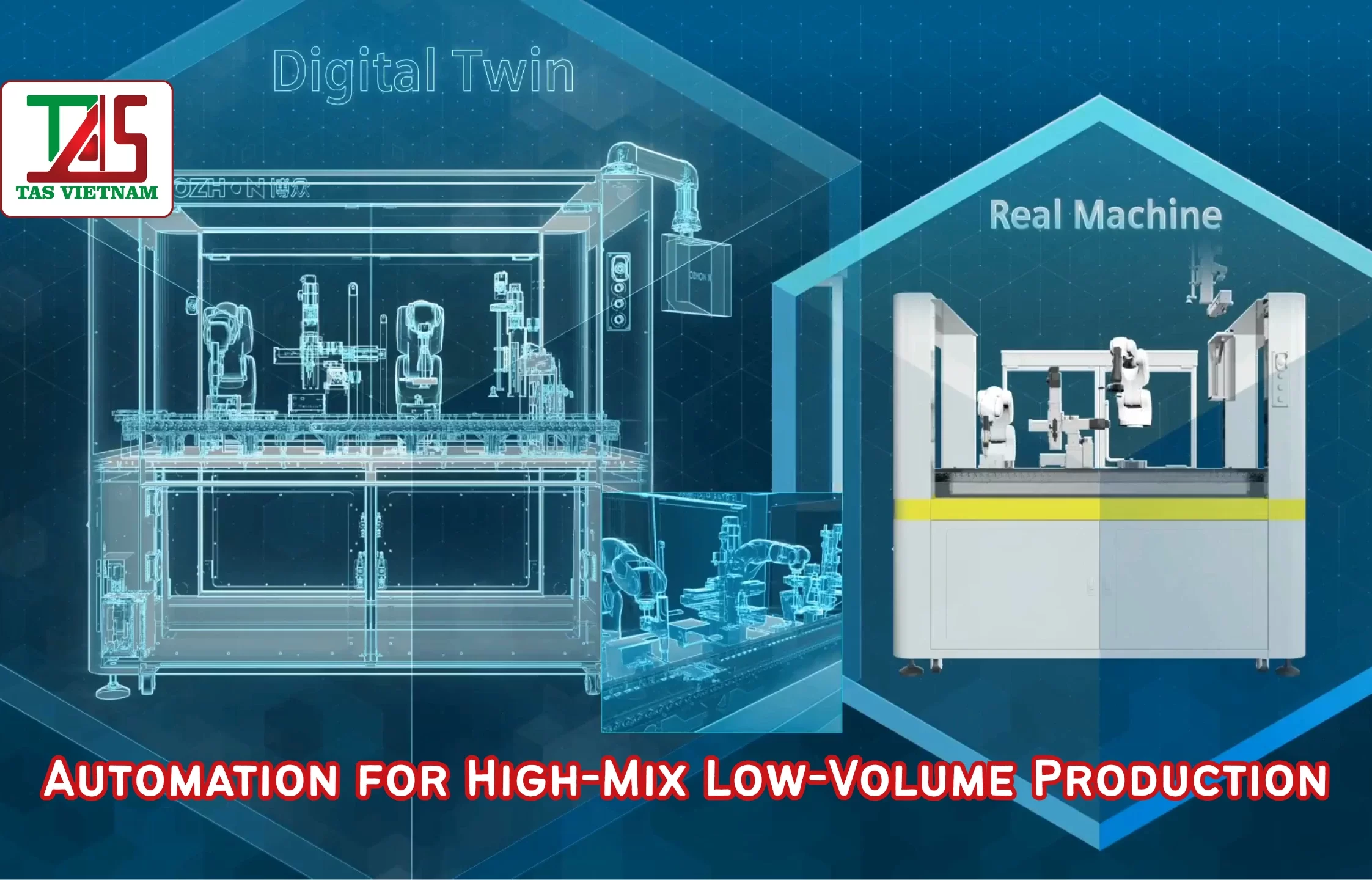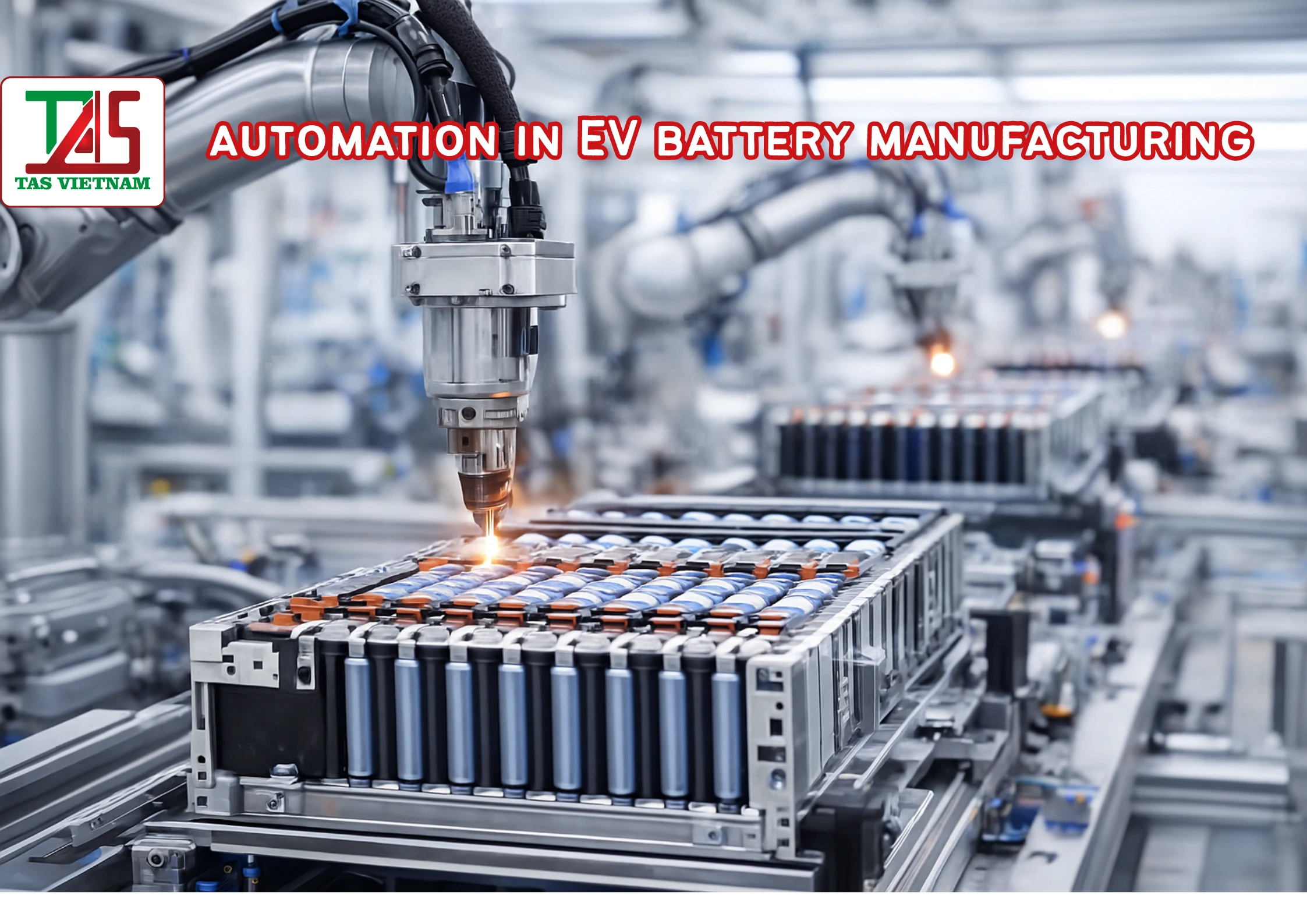Introduction In today’s global manufacturing landscape, high-mix, low-volume (HMLV) production has become increasingly common—especially in industries such as electronics, automotive components, consumer goods, and precision engineering. Unlike mass-production systems, HMLV environments deal with frequent product changes, smaller batch sizes, and highly diversified customer demands. As foreign companies expand operations in Vietnam and seek optimized manufacturing performance, the need for adaptable, flexible, and intelligent automation solutions becomes stronger than ever. This article explores how automation technologies—robotics, smart vision systems, data-driven control, and digitalization—can transform HMLV production lines. It also analyzes the challenges, implementation strategies, and benefits, providing engineering-level insights for decision-makers...
1. Introduction The rapid transition to electric mobility has made EV battery production one of the most strategically important manufacturing sectors worldwide. As global demand for electric vehicles continues to surge, manufacturers must scale production quickly while ensuring reliability, safety, and cost competitiveness. Automation—supported by robotics, advanced control systems, and intelligent digital workflows—has become the backbone of modern EV battery factories. For engineering teams and foreign manufacturing companies operating in Vietnam, understanding how automation transforms EV battery production is critical for building resilient supply chains and maintaining global competitiveness. This article explores the key challenges, opportunities, and technological directions that...



